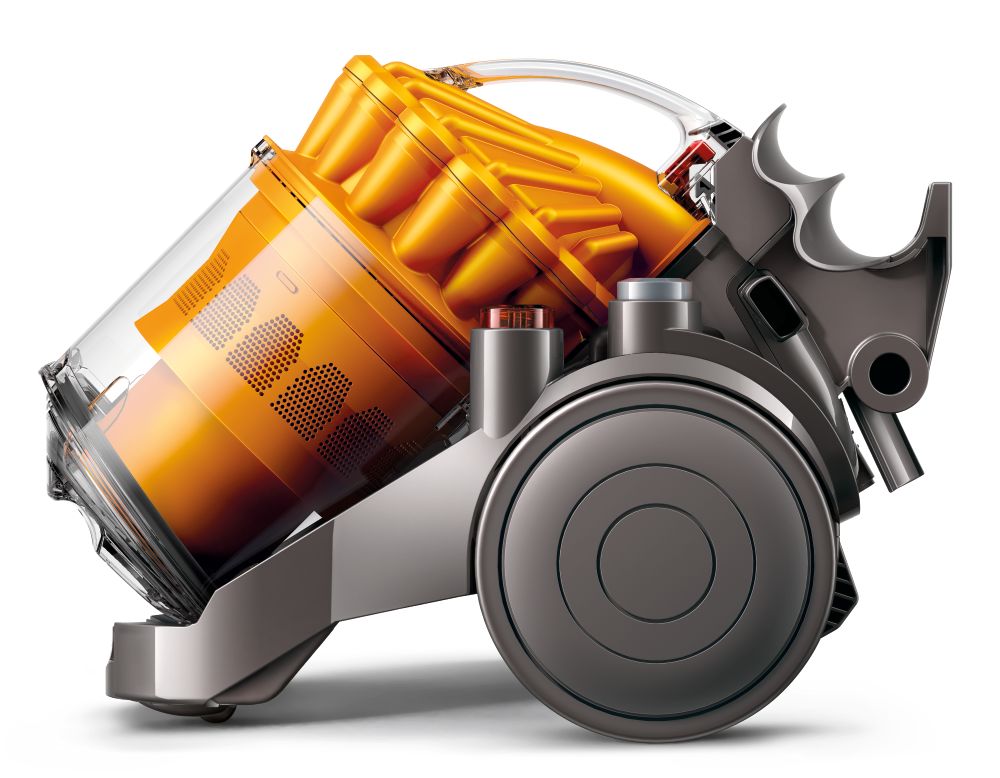Mazda MX-30: Notable Design Features
Image: Mazda
Mazda, this week at the 2020 Tokyo Motor Show, introduced a new small electric crossover called the MX-30. Like many recent Mazda models the design is biased towards the distinctive and away from the bland but universally acceptable. Thus you likely to find it either visually unappealing or really cool and, full disclosure, I’m in the latter group. Let’s talk about three notable features.
Image: Mazda
Freestyle Doors
Tomiko Takeuchi, MX-30 Program Manager, has this to say about the doors:
We want people and cars to be freer. So we gave the MX-30 freestyle doors to offer an inspiring space that customers can enjoy in a variety of creative ways. A car should be more than a mere means of transportation; it should stimulate people’s inherent creativity and desire for continual growth. For example, in the course of your daily routine, you might like to drop by the local park, open up the freestyle doors and just enjoy the view. The sounds of the breeze and the birds singing calm you, and you begin to feel like yourself again. In time, you will be ready to tighten your bootlaces and begin again on your journey. At other times the car can function as a base camp, allowing you to watch movies outdoors with your friends, or enjoy conversations or a meal with the freestyle doors wide open. Such a space will naturally attract friends both old and new.
I used to own a Honda Element, another car equipped with rear-hinged supplemental doors, and I agree with the sentiment that the lack of a fixed B-pillar really does make the car feel wide open to the environment with the doors swung wide. Aside from that, the doors reference the RX-8. More subtly, the door design quietly signals that the rear seat is really for occasional use only. Note that because the belt is mounted to the door, instead of being integral to the front seat, the front passenger must unbuckle for the rear passenger to exit the vehicle. Honda, recognizing this problem, moved the Element’s belt mechanism to the seat structure in the 2007 refresh in order to eliminate this problem.
Image: Mazda
Material Selection
The MX-30 is the first vehicle I am aware of to use cork as an interior touch surface. Mazda states:
Because no trees are cut down and only the bark is stripped away to obtain the material, cork is a naturally derived product with low environmental impact. The MX-30 uses cork left over from the production of cork bottle stoppers. The material’s inherent warmth, gentle touch and cushioning are put to good use in the console’s tray section as well as on the door grips. To ensure the high level of durability required for use as car parts, Mazda developed a dedicated coating and a special technique to process the cork and its base material at the same time. The material also pays tribute to the company’s heritage by harkening back to Mazda’s founding in 1920 as the Toyo Cork Kogyo Co., Ltd.
The press release photos also show a nice woven grey fabric covering the seating surfaces with a leather like material as side trim and on the arm rests. The steering wheel appears to be leather wrapped, as does the shifter. Fabric upholstery is a welcome change from the usual leather and, as the BMW i3 showed, the two can be combined for lovely effect. More unusual is the fabric atop the door cards:
Fabric designed exclusively for its pile, density and color is adopted on the upper section of the door trim. Different from previous applications of plastics or leather, it helps to achieve the expression of openness in the cabin by providing a soft touch as though the fabric itself contains air. The fabric is made from recycled PET bottles. Development of a new method for integrated molding of textile and plastic fibers made it possible to create a material with a soft touch that can be processed easily.
Aside from the recycled material selection, placing fabric in this location, normally hard plastic, is an unusual design choice. It will be in the occupant’s normal vision and may help emphasize the warmth and comfort of the interior.
Image: Mazda
Battery Capacity
According to Car and Driver, the MX-30 has a battery capacity of just 35.5 kWh, small for modern EV. For comparison, the roughly similar Hyundai Kona EV has a 64 kWh battery with an EPA range of 258 miles. That would give the MX-30 an estimated range of about 143 miles, putting in the same general range class as the Honda E and Nissan Leaf (non Plus). This range may be acceptable in Japan or Europa but would likely limit sales in the US. My general sense is that Americans expect range to be in the low 200s to accept an EV as a general purpose vehicle. Mazda is being very cagey about all this, and their release materials describe the car as “European Specification Model,” so we may well see a larger battery for US market sales.
I’m very excited about the MX-30. It appears very much to be the Mazda of EVs with its distinctive styling and emphasis on holistic emotional experience. With the right pricing it should sell well but I very much hope it gets a larger battery for the US market. I can hardly wait for the first driving impressions.


